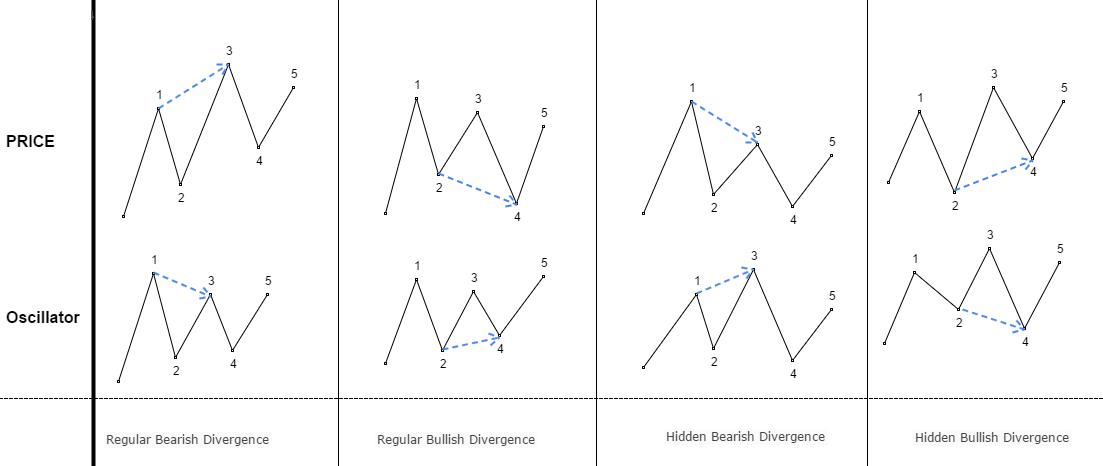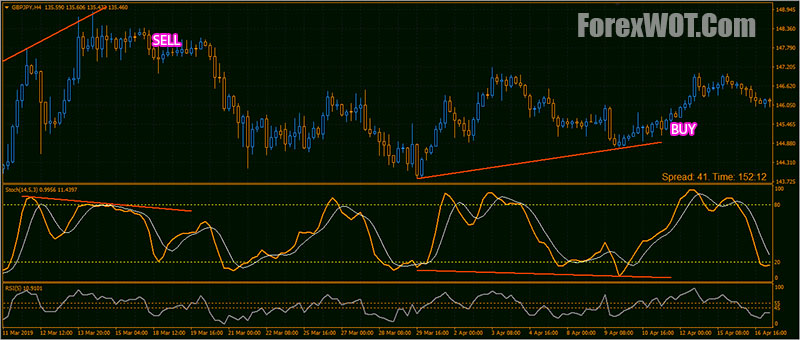Definition: RSI diversence is a technological tool used to analyze the price change of an asset with the direction that it is in relative strength (RSI).
Signal: A positive RSI diversification is considered a bullish signal. A negative RSI divergence is considered bearish.
Trend Reversal: RSI divergence can indicate an upcoming trend reversal.
Confirmation RSI divergence can be used to verify other analysis techniques.
Timeframe: RSI diversification can be viewed using different time frames to get different perspectives.
Overbought/Oversold RSI: RSI values higher than 70 indicate overbought situations, while values lower than 30 indicate oversold.
Interpretation: To understand RSI divergence correctly, you need to consider other fundamental and technical factors. Take a look at top cryptocurrency trading bot for more tips including best trading platform, backtester, trading platform cryptocurrency, trading with divergence, stop loss, stop loss, crypto trading bot, automated trading platform, crypto backtesting, crypto trading backtester and more.

What Is The Difference In Regular Divergence From Hidden Divergence
Regular Divergence: When an asset's value makes a higher peak or lower bottom, however, the RSI makes lower peak or lower bottom, it is known as regular divergence. It may indicate an inverse trend. It is nevertheless important to consider technical and fundamental factors. This is not as clear as normal divergence, but it can signify an underlying trend change.
Considerations on technical aspects:
Trend lines, support/resistance indicators and trend lines
Volume levels
Moving averages
Other oscillators and technical indicators
Consider the following important points:
Releases of data on economic issues
Details specific to your company
Market sentiment and mood indicators
Global events and the impact they exert on the markets
Before making investment decisions based only on RSI divergence signals you need to take into consideration both fundamental and technical aspects. Follow the recommended divergence trading for blog advice including automated trading bot, crypto trading backtesting, forex backtest software, automated trading, trading platforms, automated trading software, automated trading, position sizing calculator, software for automated trading, backtesting strategies and more.

What Are The Backtesting Strategies When Trading Crypto
Backtesting trading strategies in cryptocurrency trading involves simulated execution of a trading strategy using historical data to assess its potential profitability. The following are some steps in backtesting crypto trading strategies:Historical Data: Obtain a historical data set for the crypto asset being traded, including prices, volume, and other relevant market data.
Trading Strategy: Explain the trading strategy that is being tested. This covers rules for entry and exit as well as position sizing.
Simulator: This program allows you to simulate the implementation of a trading plan using historical data. This lets you observe how the strategy might have worked over time.
Metrics: Utilize measures to measure the performance of the strategy including profit Sharpe, drawdown or other relevant measures.
Optimization: Adjust the strategy parameters to optimize the strategy's performance.
Validation: To make sure that the strategy is robust and avoid overfitting, verify its effectiveness using data outside of sample.
Be aware that the past performance of a company is not an indicator of future outcomes and results from backtesting should not be relied on to guarantee future profits. When applying the method for live trading it's crucial to consider the volatility of markets, transaction costs and other aspects of the real-world. Have a look at the recommended automated crypto trading for blog info including RSI divergence cheat sheet, trading divergences, backtesting, RSI divergence, automated cryptocurrency trading, backtesting tool, automated trading, forex backtesting software, forex backtesting, best crypto trading platform and more.

How Do You Evaluate The Software For Forex Backtest When Trading With Divergence
The following factors should be taken into consideration when evaluating forex backtesting programs to trade with RSI divergence. Data Accuracy: Make sure that the software has access superior historical data regarding the currency pairs that are traded.
Flexibility: The program must allow customizing and testing various RSI trading strategies.
Metrics: The software must offer a variety of metrics to assess the effectiveness of RSI divergence strategies for trading that include profit, risk/reward ratios drawdown, and other relevant metrics.
Speed: Software must be fast and efficient in order to enable rapid backtesting of multiple strategies.
User-Friendliness: The software should be user-friendly and easy to be understood, even by those without extensive technical analysis knowledge.
Cost: Take into account the price of the software and decide if you are able to afford it.
Support: Good customer support is required, which includes tutorials and technical support.
Integration: The software has to integrate with other trading software such as charting software and trading platforms.
It is recommended to test the program with a demo account, prior to signing up for paying for a subscription. This will ensure that it is able to meet your requirements and is simple to use. View the top crypto backtesting for more advice including automated cryptocurrency trading, automated forex trading, trading platform, trading divergences, best forex trading platform, cryptocurrency trading, forex backtesting software, backtesting, cryptocurrency trading bot, crypto trading and more.

What Is The Process By Which The Bots For Trading In Cryptocurrency Work?
Bots that trade cryptocurrency function in automated trading software, following an established set of rules and performing trades for the user's behalf. This is how it works: Trading Strategy. The user selects a trading strategy. This includes rules for entry and withdrawal as well as position sizing and risk management.
Integration: The trading bot integrates with the cryptocurrency exchange via APIs, allowing it to get access to live market information and to execute trades.
Algorithms are algorithms that study market data to make trading decisions based on a particular strategy.
Execution. With no need to manually intervene the bot is able to execute trades according to the rules set out in the strategies for trading.
Monitoring: The robot continuously monitors the market's activity and makes necessary adjustments to trading strategies.
A cryptocurrency trading robot can assist you in executing complicated or repetitive strategies. Automated trading has certain potential risks. This includes the possibility for software error, security vulnerabilities and the loss control of trading decision making. Before you can begin trading live, make sure to thoroughly test and assess your trading robot.